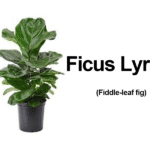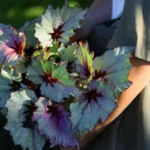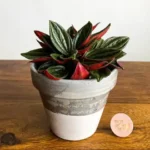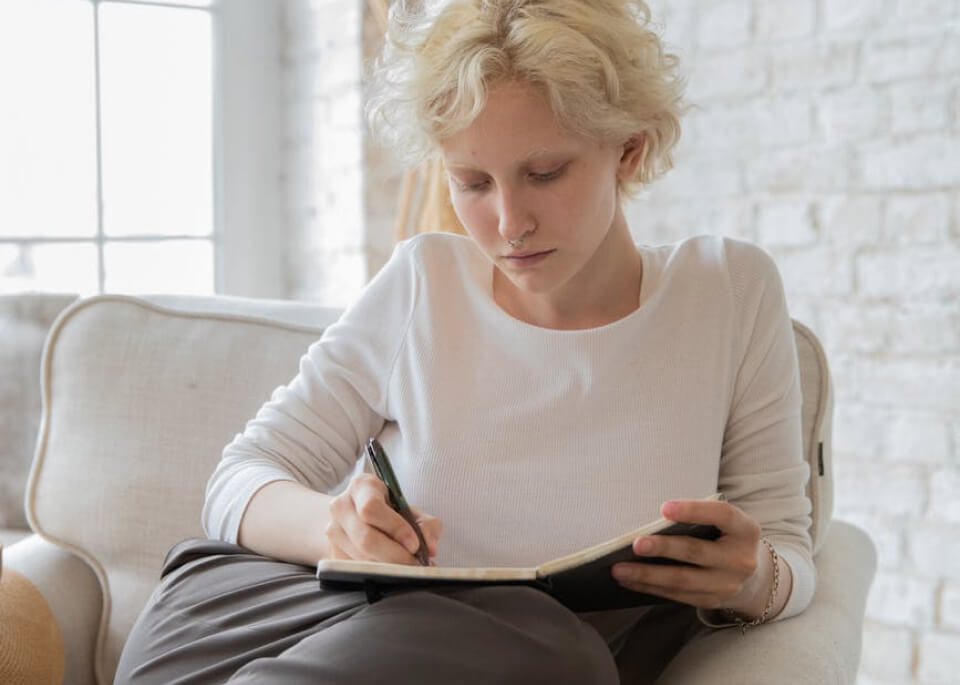Understanding Why Leaves Turn Yellow
Seeing your beloved houseplant develop yellow leaves can be frustrating and a little alarming. Fortunately, yellowing leaves are a common sign that something in your plant’s environment or care routine needs adjusting. By understanding the root causes, you can take the right steps to bring your plant back to vibrant health.
Yellow leaves, or chlorosis, occur when a plant produces inadequate chlorophyll — the green pigment responsible for photosynthesis. This issue can stem from various problems, ranging from improper watering to pest infestations. Let’s explore the most common causes and what you can do to fix them.
Common Causes of Yellow Leaves
Overwatering
The number one cause of yellowing leaves in houseplants is overwatering. When roots sit in soggy soil for too long, they can suffocate and begin to rot, which limits the plant’s ability to absorb nutrients and oxygen. As a result, the foliage may start to yellow and drop.
Signs of Overwatering:
- Soil feels constantly wet or soggy
- Lower leaves turning yellow first
- Mushy stems or foul odor from soil
How to Fix It:
- Check the soil before watering. Wait until the top 1-2 inches are dry.
- Ensure your pot has proper drainage holes.
- If the plant is already waterlogged, repot it in fresh, well-draining soil.
Underwatering
On the flip side, underwatering can also cause yellow leaves, especially on more drought-sensitive plants like ferns or calatheas. When a plant doesn’t get enough water, it becomes dehydrated, leading to dry, yellowing leaves that may feel crispy at the edges.
Signs of Underwatering:
- Dry, compact soil pulling away from the pot edges
- Yellow or brown-tipped leaves
- Drooping foliage
How to Fix It:
- Establish a regular watering schedule based on your plant’s specific needs.
- Use your finger to test soil moisture regularly.
- When watering, allow water to flow through the drainage holes and ensure the entire root ball gets moistened.
Lighting Issues
Plants need the right amount of light to thrive. Too little light often leads to weak, leggy growth and pale or yellowing foliage, while too much direct sunlight may scorch leaves, bleaching them or turning them yellow and crispy.
How to Fix It:
- Place low-light plants (like pothos or snake plants) away from harsh, direct sun.
- Move sun-loving plants closer to bright windows or supplement with grow lights if needed.
- Rotate your plant occasionally to promote even growth.
Nutrient Deficiencies
A lack of essential nutrients, especially nitrogen, can cause leaves to yellow. Nitrogen is vital for healthy foliage growth, and without it, older leaves may start to fade while new growth appears stunted or pale.
How to Fix It:
- Use a balanced, water-soluble houseplant fertilizer every 4–6 weeks during the growing season (spring and summer).
- Flush the soil occasionally to prevent salt buildup from fertilizers.
- If you’re unsure which nutrient is lacking, opt for an all-purpose plant food.
Improper Humidity
Houseplants that originate from tropical environments — like calatheas, ferns, and peace lilies — can suffer when kept in too-dry indoor air. Low humidity can cause leaves to curl, brown at the edges, or turn yellow.
How to Fix It:
- Add a humidifier in the room where the plant lives.
- Group plants together to increase ambient moisture.
- Place the pot on a tray filled with pebbles and water (just above the waterline).
Pest Problems
Tiny pests like spider mites, mealybugs, or scale insects feed on plant juices and can lead to yellowing leaves. These pests often collect on leaf undersides or at stem joints, sometimes leaving behind sticky residue or webbing.
How to Check for Pests:
- Inspect both sides of leaves and stems with a magnifying glass.
- Look for discolored specks, webbing, or tiny crawling bugs.
How to Fix It:
- Remove pests manually using a cloth or a spray of water.
- Use neem oil or insecticidal soap once or twice weekly until the infestation is gone.
- Isolate the affected plant to prevent spread to others.
Natural Aging Process
Sometimes, yellow leaves are part of a plant’s natural life cycle. Older leaves, especially those on the lower parts of the plant, may turn yellow and drop off to make room for new growth. If your plant is otherwise healthy and growing, there may be no cause for concern.
What to Do:
- Gently remove the yellow leaves by hand or clean scissors.
- Keep an eye on new growth to ensure it’s healthy.
Quick Tips for Preventing Yellow Leaves
Prevention is always better than treatment. Here are some quick habits to help you avoid yellowing leaves in the future:
- Know your plant: Understand each plant’s specific care needs for water, light, and humidity.
- Establish a routine: Check soil moisture regularly, especially during season changes.
- Use the right pots: Make sure pots have proper drainage to avoid water buildup at the roots.
- Keep your tools clean: Sanitize pruning shears and hands before trimming to prevent spreading diseases.
- Monitor for changes: Check your plants weekly for signs of stress, pests, or yellowing, and address changes promptly.
Conclusion
Yellow leaves don’t have to mean disaster. In fact, they’re often the plant’s way of asking for help. By paying attention to your plant’s water, light, nutrition, and environment, you can quickly determine what’s wrong and take action. With time and a little care, your plant can bounce back with lush, green foliage once again. Remember: every plant tells a story — all you need to do is listen.
References
- Brundrett, M. (2021). Understanding Plant Nutrition: Guidelines for Healthy Growth. Plant Growth Publications.
- Hessayon, D. G. (2019). The House Plant Expert. London: Expert Books.
- Pestoz, J., & Campbell, A. (2020). Indoor Plant Care: Diagnosing and Treating Common Problems. Green Thumb Press.








